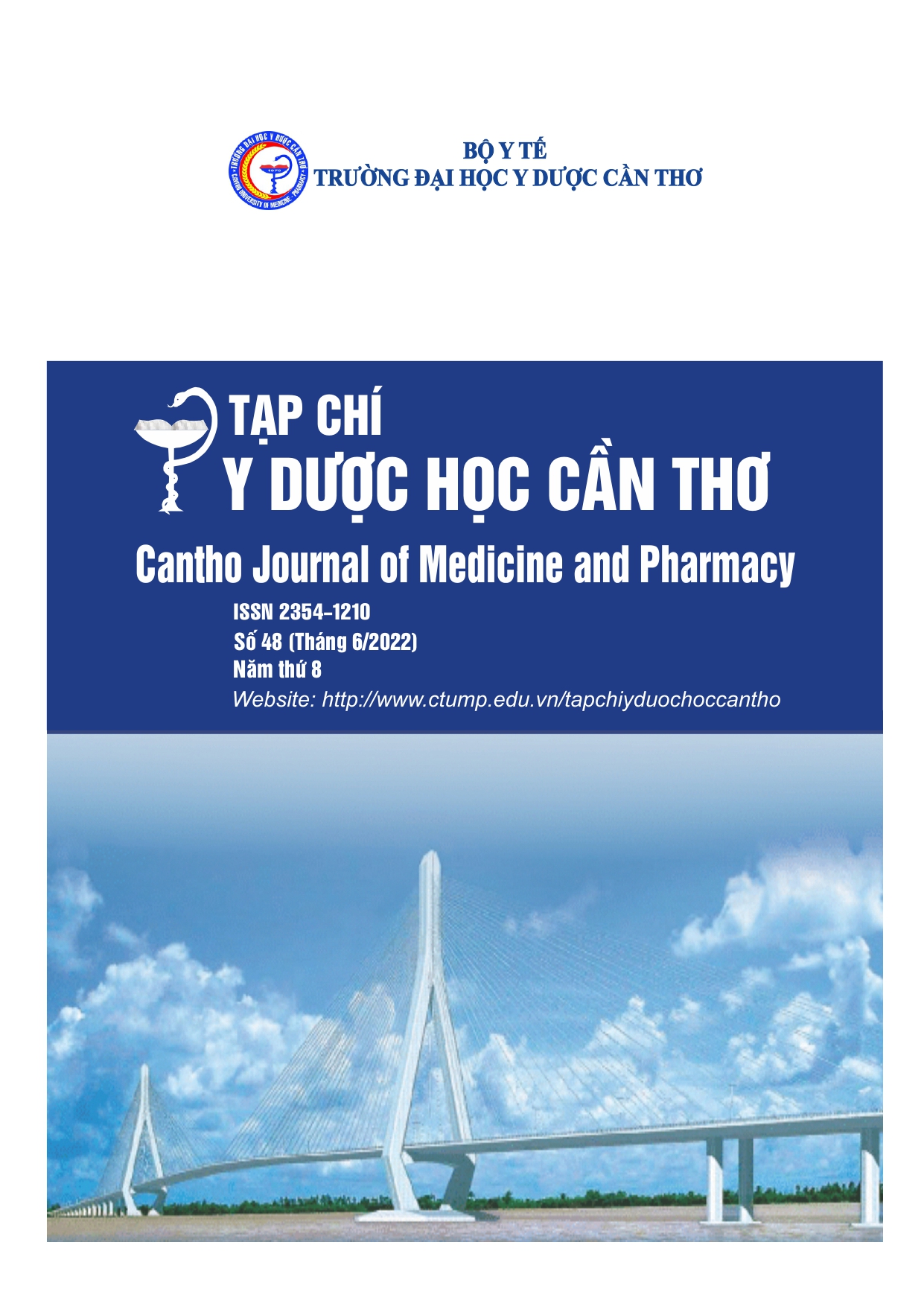RESULTS OF THE FIRST TIME TREAT MILD DRY EYE SYMPTOMS BY NGUYEN VAN HUONG’S RUBBING EYE AND SINUS EXERCISES FOR TRADITIONAL MEDICINE STUDENTS OF UNIVERSITY OF MEDICINE AND PHARMACY OF HO CHI MINH CITY IN 2020
Main Article Content
Abstract
Background: Dry eye syndrome is a common problem directly impacting the quality of life and work, especially medical students, office workers, and university lecturers. Objectives: This study was conducted to evaluate the effect of Dr. Nguyen Van Huong's rubbing eye and sinus exercise to improve mild dry eye. Materials and methods: The study was conducted from December 2019 to July 2020, with 30 students with OSDI scores from 13 to less than 23 points, equivalent to mild dry eye syndrome, practicing Dr. Nguyen Van Huong's rubbing eye and sinus exercises on their own within 1 week. Then re-evaluate the OSDI score. Results: After one week, the OSDI score decreased significantly from 17.34±2.81 points to 3.04±4 points. Conclusions: Dr. Nguyen Van Huong's rubbing eye and sinus exercises reduce the symptoms of mild dry eye syndrome.
Article Details
Keywords
Dry eye syndrome
References
TP.HCM, tr.9-98.
2. Nguyễn Thị Lệ, Trần Văn Ngọc (2018), “Sinh lý học Y khoa”, NXB Y học, Hồ Chí Minh, tr.47-636.
3. K. F. Farrand, Fridman M., Stillman IÖ, et al. (2017), “Prevalence of diagnosed dry eye disease
in the United States among adults aged 18 years and older. American Journal of Ophthalmology, 182, pp.90-98.
4. Asiedu K. (2018), “Impact of dry eye on psychosomatic symptoms and quality of life in a healthy youthful clinical sample”, Eye Contact Lens, 4, pp.404-409.
5. Foulks G. N. (2007), “The definition and classification of dry eye disease: report of the Definition and Classification Subcommittee of the International Dry Eye WorkShop”, Ocul Surf, 5(2), pp.75-92.
6. S. Waduthantri, Yong S. S., Tan C. H., et al. (2012), “Cost of dry eye treatment in an Asian clinic
setting”, PLoS One, 7(6), pp.e37711.
7. Wolffsohn J. S. (2017), “TFOS DEWS II Diagnostic Methodology report”, Ocul Surf, 15(3),
pp.539-574.
8. R. M. Schiffman, Christianson M. D., Jacobsen G., et al. (2000), “Reliability and validity of the
Ocular Surface Disease Index”, Arch Ophthalmol, 118(5), pp.615-21.
9. J. Yu, Asche C. V., Fairchild C. J. (2011), “The economic burden of dry eye disease in the United
States: a decision tree analysis”. Cornea, 30(4), pp.379-87.


